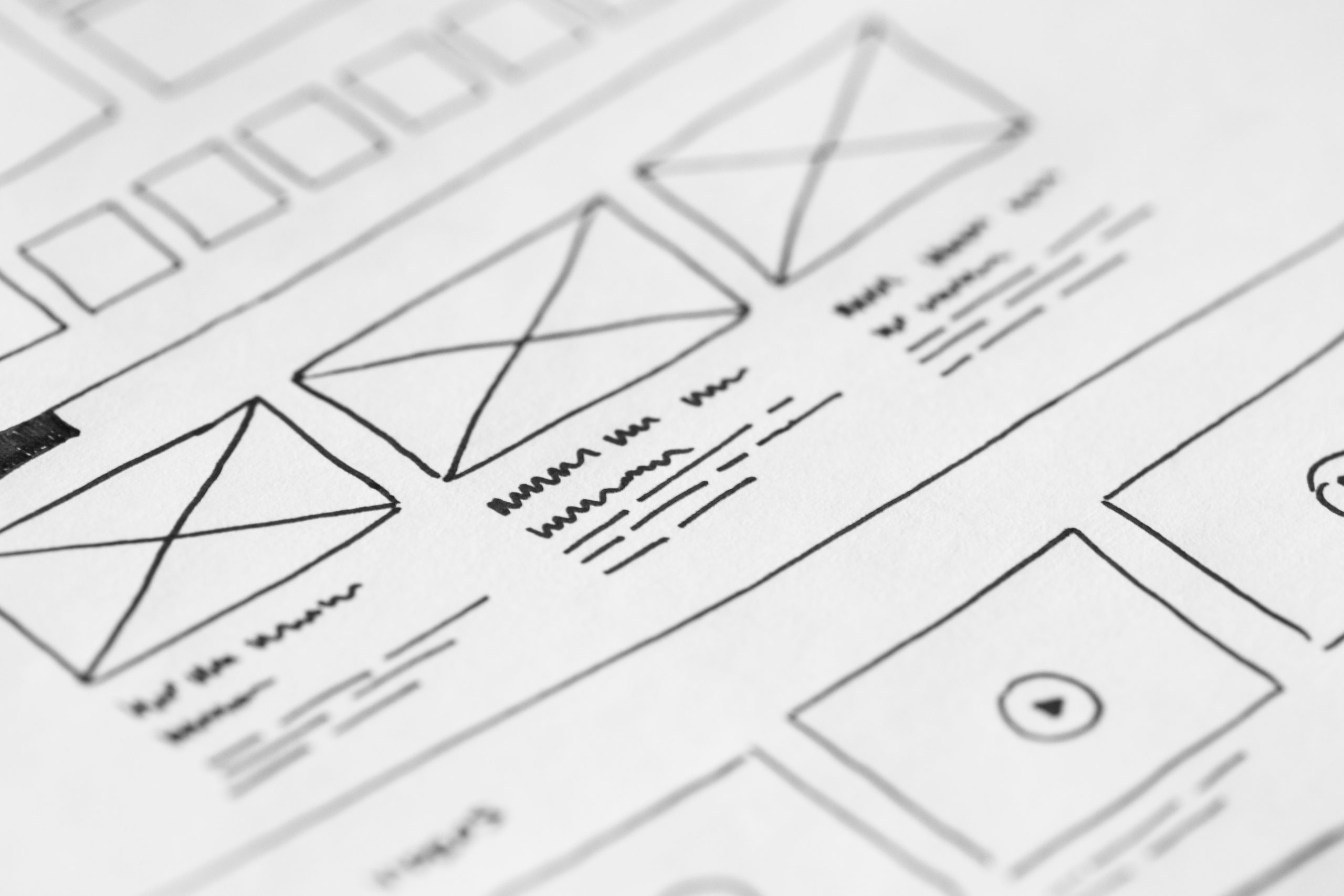
Are You Investing Enough Energy Into Product Design?
Every business needs a product idea to work off of. But, first, you’ve got to provide value to the market, and in doing so, generate enough profit for yourself to grow sustainably. And that’s something a lot of new and fresh entrepreneurs find challenging. After all, a business idea is only half the battle; once you’ve put a plan together and registered your company to work legally in your community, you need to focus on the product you’re putting out there.
That means you need to think about your product design process. A staple in the business world, it’ll end with you holding a finished, marketable product in your hands, and hopefully, it’ll be something you’re proud of! But it would help if you were sure that you’re putting enough energy into the product design journey.
Undergoing Enough Research
The first step of the product design process is research. You can’t simply put a product together on the fly, even if you’ve got a strong idea to work off of. Just because you believe in something doesn’t mean it’ll work, and you’ve got a long way to go before you can move onto the next stages.
You need to get out in the market and find out who you’re going to be selling to, what they’d want from a company with your mission statement, and how much they’re willing to spend on all materials relating to you. Not only that, but it’s a good idea to find out who your competitors are, and what kind of products you’re making, to both take some inspiration from (in terms of what can be done differently or better) and also to ensure that you’re not infringing upon their IP in an overstated and unmistakable way.
And researching for a product design can happen in many ways. You need to know what sells, most of all, and that means delving into how similar products have sold in the past and what people tend to want from a product idea like yours. But to be more specific, what should you actually look into?
Well, start with sales charts and market statistics, and always check for a buzz on social media. At the same time, put some stock into reviews to see what people think of competing products on the most personal and informal level, as it’ll give you a true insight into how the consumer’s mind really works.
Creating and Learning From Prototypes
A product prototype is one of the most crucial forms of the design process. It ensures your initial concept design can be made into a physical product, and it ensures that you know what physical elements you’re actually working with. Not only does this give you a proper expectation of how your design process will evolve, but it’ll also ensure you know what you’ll need to spend, allocate, and save for later on in the process.
For example, it’ll give you a solid idea about how your manufacturing process will go. It’ll show you what goes into the actual production, such as materials and design elements, and you’ll get in touch with a company like Universal Engraving with plenty of time to spare for the later steps you’ll undertake.
But that’s not where the usefulness of a prototype ends. When you have a proper prototype, or two or three, to look over, evaluate, and analyze, you’ll be able to spot design flaws and potential problems a mile off! And once that’s done, you can use the prototype to show off to potential investors and/or shareholders to attract further capital that can catapult your business growth beyond what you first thought capable. Simply put, a product prototype is worth the investment, even just as an idea.
Efficient Testing and Quality Checking
The testing phase comes far sooner than you’ll ever expect it to, and as we mentioned above, it’s a crucial part of your design process. Your product deserves to have testers and quality checkers at this early stage, as otherwise, there’s a good chance you’ll waste your money, waste investment money, and even put a less than favorable light on your brand in the first place.
But what constitutes enough testing? When do you know you’ve tested thoroughly enough and long enough to create a product that’s ready to hit the shelves? Ensuring you know just how well your product functions and that you have enough feedback from testers regarding any problems you can iron out can take upwards of 5 cycles.
And who should be involved in these testing cycles? It’s not enough to check out a prototype yourself. You’re going to need at least two or three other testers on hand to gather thoughts from as well. You never know what you’ve missed, after all! And not only that; you’re also going to need to know that you’ve had some objective, unfiltered feedback from people unrelated to your company. Once this is all squared away, you can be sure you’re making good headway on creating a product that’s both viable for the market and attractive to those you’re marketing towards.
What Happens Next
You’re well on your way to the big leagues by now. But by the time you’re ready actually to get the product made, and you’re about to set up a production line, you may be feeling overwhelmed. However, considering how much work you’ve done up to now, this should be a fairly easy step to pull off, even if it feels too big to handle.
But instead of focusing on this pressure, turn this negative energy into something positive by kickstarting your marketing funnel. Get the word out about your product, as this is the perfect time to create some noise and throw out some samples to interested parties. It might even be time for a product launch party.
So, are you ready to put together a lengthy, invested and effective product design process?






